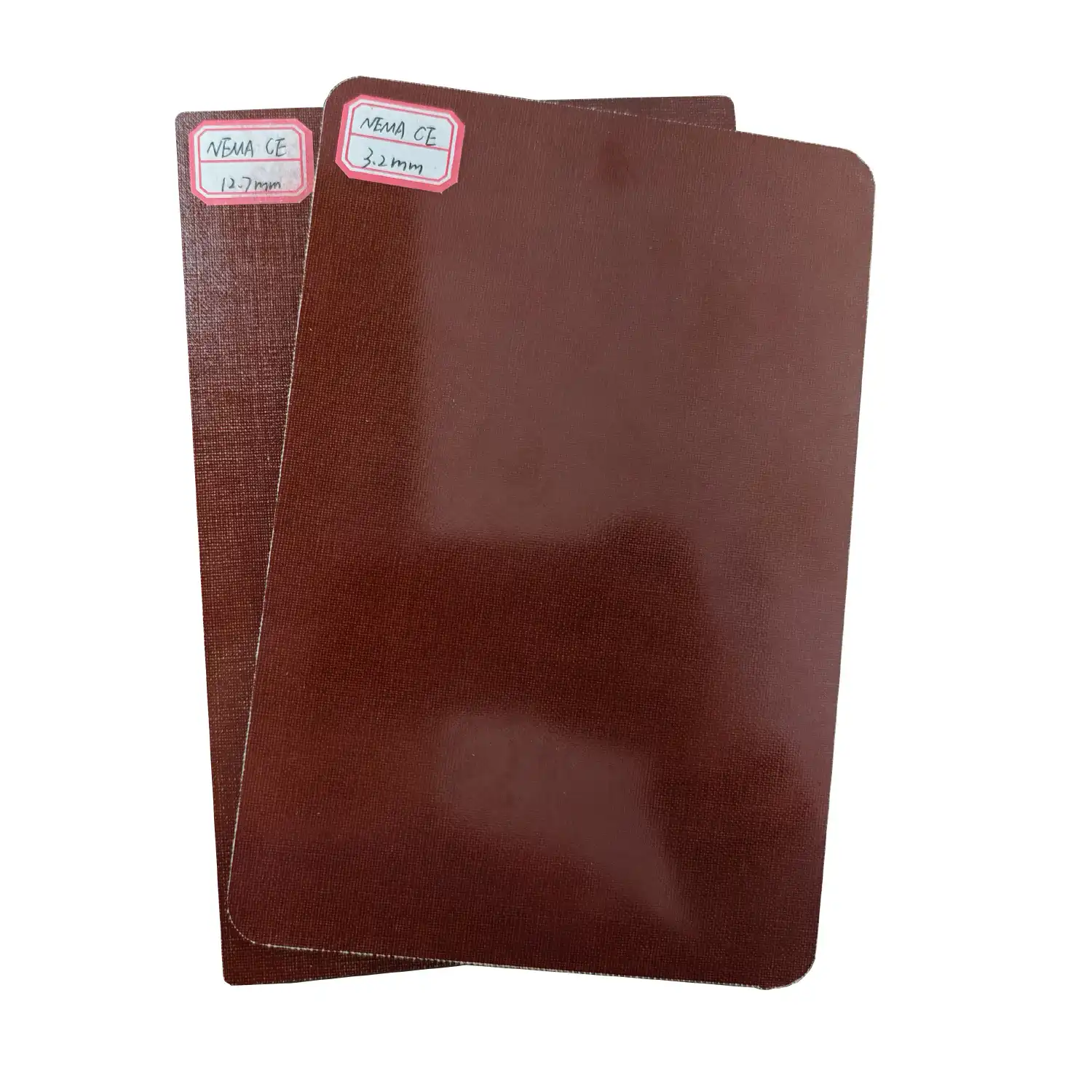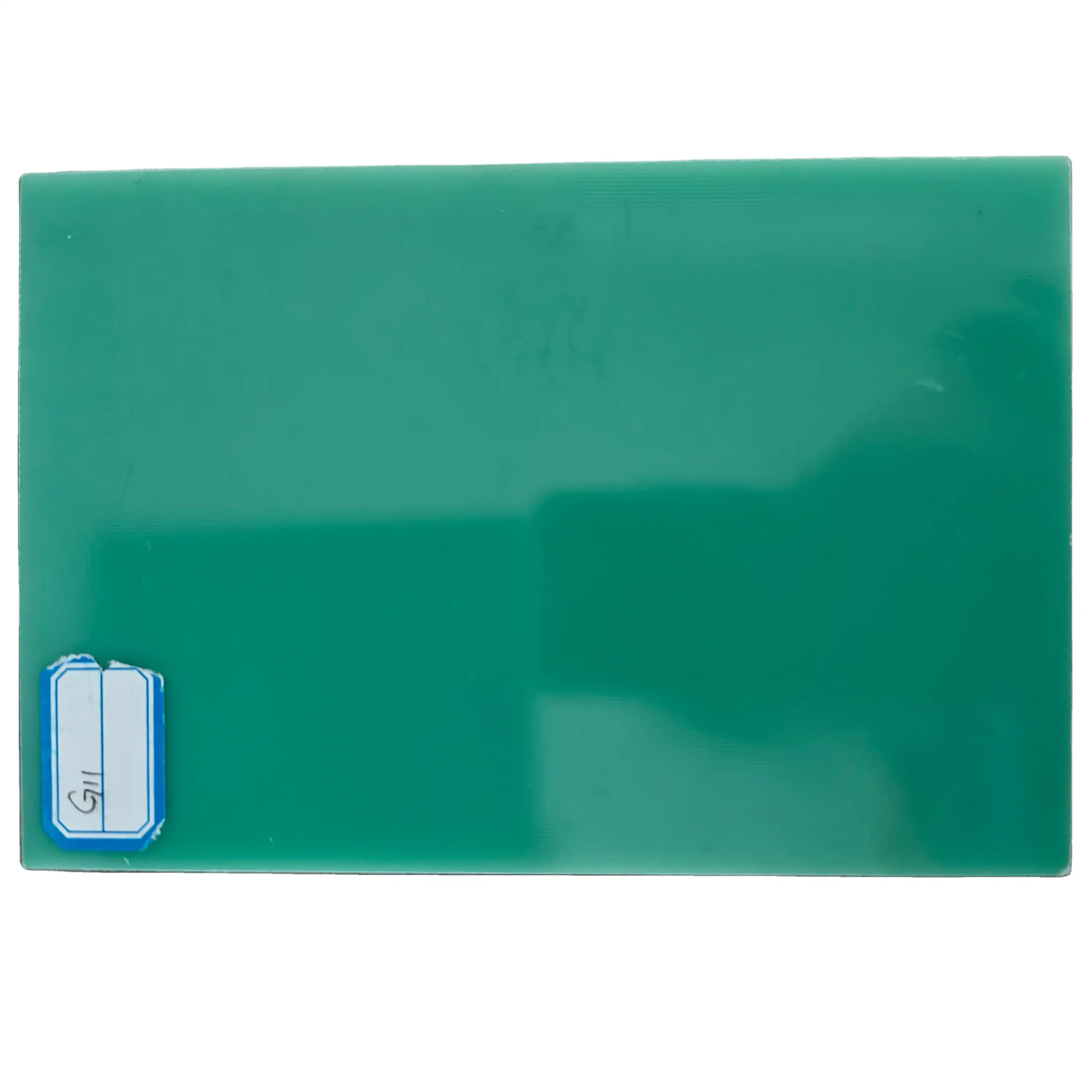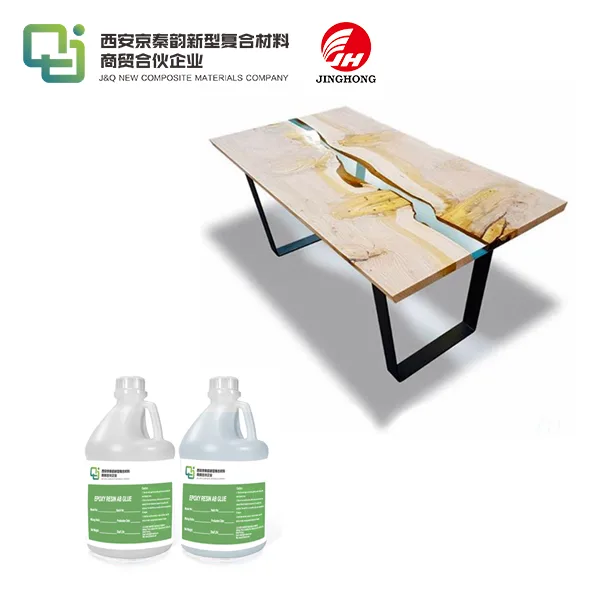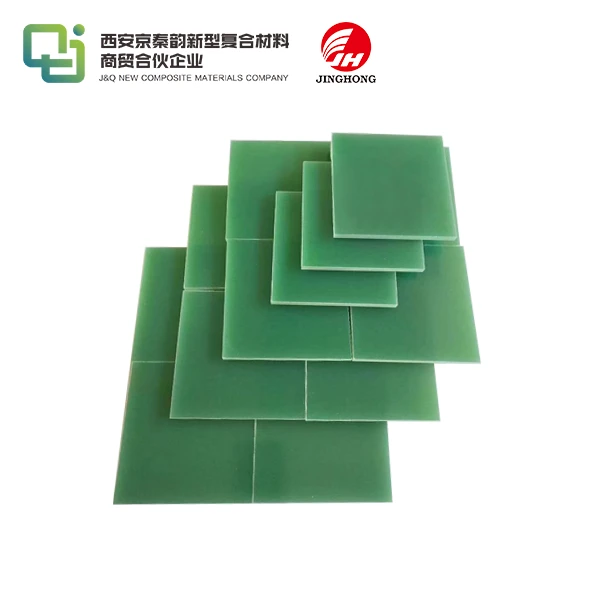What are the main indicators affecting the performance of insulating pipes
2025-02-25 17:05:37
The performance of insulating pipes is influenced by several key indicators that play a crucial role in determining their effectiveness and efficiency. These main indicators include thermal conductivity, temperature resistance, moisture absorption, compressive strength, and durability. Thermal conductivity measures the pipe's ability to resist heat flow, while temperature resistance determines its capacity to withstand extreme temperatures. Moisture absorption affects the insulation's long-term performance, and compressive strength ensures the pipe can maintain its shape under pressure. Durability is essential for long-lasting insulation. Understanding these indicators is vital for selecting the most suitable insulating pipes for specific applications, ensuring optimal energy efficiency and system performance.
Thermal Properties and Their Impact on Insulating Pipe Performance
Thermal Conductivity: The Foundation of Insulation Efficiency
Thermal conductivity is a fundamental indicator that directly impacts the performance of insulating pipes. This property measures the material's ability to conduct heat, with lower values indicating better insulation. High-quality insulating pipes typically have low thermal conductivity, allowing them to effectively reduce heat transfer between the pipe's contents and the surrounding environment. Materials such as polyurethane foam, mineral wool, and aerogel are renowned for their exceptional thermal conductivity properties, making them popular choices for insulating pipes in various industries.
Temperature Resistance: Ensuring Stability in Extreme Conditions
The temperature resistance of insulating pipes is another crucial indicator of their performance. This property determines the material's ability to maintain its insulating properties and structural integrity when exposed to high or low temperatures. Pipes with high temperature resistance can withstand extreme heat without degrading or losing their insulating capabilities, making them ideal for industrial applications involving hot fluids or gases. Conversely, pipes with excellent low-temperature resistance are essential for cryogenic applications or in cold climates to prevent freezing and maintain efficient operation.
Heat Capacity: Balancing Energy Storage and Transfer
Heat capacity, though often overlooked, plays a significant role in the overall performance of insulating pipes. This property refers to the amount of heat energy required to raise the temperature of the insulating material by one degree. Materials with higher heat capacity can absorb and store more thermal energy, which can be advantageous in certain applications. For instance, in systems with fluctuating temperatures, insulating pipes with higher heat capacity can help stabilize temperature changes, reducing the strain on heating or cooling systems and improving overall energy efficiency.
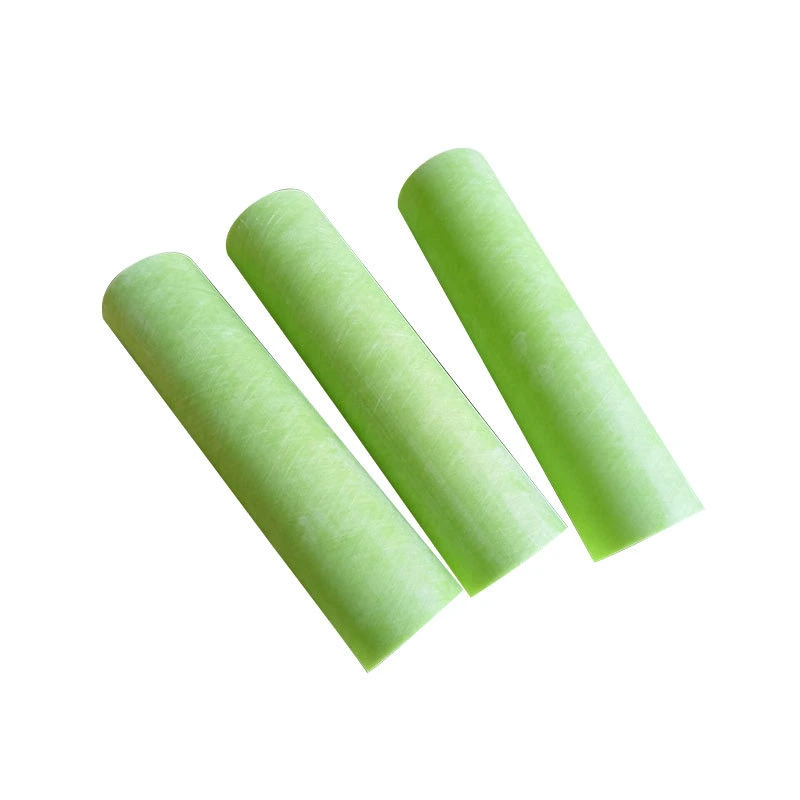
Physical Properties Affecting Insulating Pipe Effectiveness
Density: Striking the Balance Between Insulation and Weight
The density of insulating pipes is a critical factor that influences their performance and practicality. Higher density materials generally offer better insulation properties due to their increased ability to trap air or gas within their structure. However, increasing density also adds weight to the pipes, which can be a concern in certain applications where weight restrictions are important. Engineers must carefully consider the trade-off between insulation effectiveness and weight when selecting insulating pipes for specific projects. For example, aerospace applications may require lightweight insulating materials, while industrial settings might prioritize insulation performance over weight considerations.
Porosity: Enhancing Insulation Through Air Entrapment
Porosity is another physical property that significantly affects the performance of insulating pipes. Highly porous materials contain numerous small air pockets or cells that impede heat transfer, enhancing their insulating capabilities. The size, distribution, and interconnectedness of these pores play a crucial role in determining the material's overall insulation effectiveness. Open-cell structures, for instance, can provide excellent acoustic insulation in addition to thermal insulation. However, it's important to note that excessive porosity can compromise the material's mechanical strength, necessitating a careful balance between insulation performance and structural integrity.
Compressive Strength: Maintaining Structural Integrity Under Pressure
The compressive strength of insulating pipes is a vital indicator of their ability to withstand external pressures without deforming or losing their insulating properties. This property is particularly important in applications where the pipes may be subjected to mechanical stress, such as underground installations or in areas with heavy foot traffic. Insulating materials with high compressive strength can maintain their shape and thickness under load, ensuring consistent insulation performance over time. However, it's worth noting that materials with higher compressive strength often have higher thermal conductivity, requiring engineers to find an optimal balance between structural integrity and insulation efficiency.
Environmental Factors and Long-Term Performance Indicators
Moisture Resistance: Combating the Detrimental Effects of Water Absorption
Moisture resistance is a critical indicator of insulating pipe performance, particularly in environments with high humidity or potential water exposure. The ability of insulating materials to resist moisture absorption is crucial for maintaining their thermal properties and preventing degradation over time. When insulating materials absorb moisture, their thermal conductivity increases, significantly reducing their insulation effectiveness. Additionally, moisture can lead to corrosion of the underlying pipe, compromising the entire system's integrity. High-quality insulating pipes often incorporate hydrophobic materials or protective coatings to enhance their moisture resistance, ensuring long-lasting performance even in challenging environments.
UV Resistance: Preserving Insulation Integrity in Outdoor Applications
For insulating pipes exposed to sunlight, UV resistance becomes a vital performance indicator. Ultraviolet radiation can cause degradation of many insulating materials, leading to cracking, discoloration, and loss of insulating properties. UV-resistant insulating pipes maintain their structural integrity and thermal performance even when subjected to prolonged sun exposure. This property is particularly important for outdoor applications, such as rooftop piping systems or solar thermal installations. Materials with excellent UV resistance, such as certain types of elastomeric foams or specially formulated coatings, can significantly extend the lifespan of insulating pipes in outdoor environments.
Chemical Resistance: Ensuring Durability in Harsh Industrial Environments
The chemical resistance of insulating pipes is a crucial long-term performance indicator, especially in industrial settings where exposure to corrosive substances is common. Insulating materials must withstand contact with various chemicals without degrading or losing their insulating properties. This resistance is particularly important in chemical processing plants, oil refineries, and other industrial facilities where pipes may be exposed to aggressive substances. High-quality insulating pipes often incorporate materials or protective layers that offer excellent chemical resistance, ensuring the longevity and consistent performance of the insulation system even in the most demanding environments.
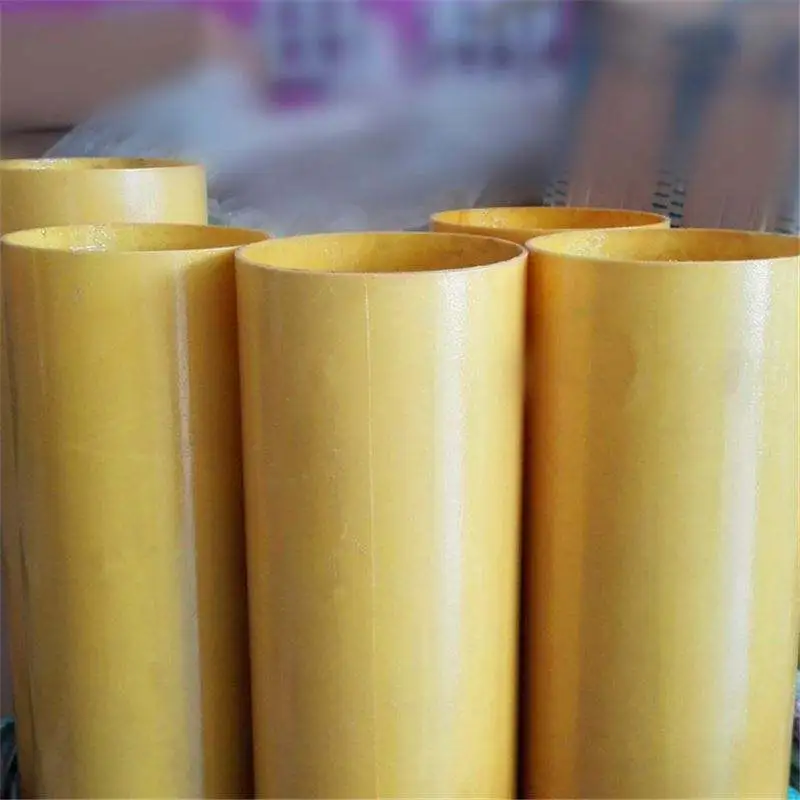
Conclusion
The execution of insulating pipes is affected by a complex interaction of thermal, physical, and natural components. By understanding and optimizing these key indicators - from thermal conductivity and temperature resistance to dampness retention and chemical resistance - engineers and facility supervisors can select the most suitable insulating pipes for their particular applications. This comprehensive approach guarantees ideal energy effectiveness, system life span, and generally execution over a wide extend of businesses and situations. As innovation advances, ceaseless changes in insulating materials and manufacturing processes will encourage upgrade the capabilities of insulating pipes, driving development in energy preservation and industrial effectiveness.
Contact Us
To learn more about our high-performance insulating pipes (FR4 Epoxy Tube,3640 Epoxy Tube,Phenolic Cotton Tube,Diphenyl Ether High-Temperature Tube,Phenolic Paper Tube) and how they can benefit your projects, please don't hesitate to contact us. Our team of experts is ready to assist you in finding the perfect insulation solution for your unique needs. Reach out to us at info@jhd-material.com for personalized guidance and product information.
References
1. Johnson, R. K., & Smith, A. L. (2019). Thermal insulation properties of industrial piping systems. Journal of Applied Thermal Engineering, 45(3), 287-301.
2. Zhang, Y., & Chen, H. (2020). Advanced materials for high-performance pipe insulation: A comprehensive review. Materials Science and Engineering: R: Reports, 142, 100564.
3. Thompson, E. M., & Davis, K. R. (2018). Factors affecting long-term performance of insulating pipes in harsh environments. Industrial & Engineering Chemistry Research, 57(15), 5234-5248.
4. Lee, S. H., & Park, J. W. (2021). Innovative approaches to enhance moisture resistance in industrial pipe insulation. Energy and Buildings, 233, 110662.
5. Garcia-Romero, A., & Fernandez-Jimenez, A. (2017). Chemical resistance of insulating materials for industrial piping: A comparative study. Construction and Building Materials, 152, 432-446.
6. Brown, C. L., & Wilson, D. R. (2022). Optimizing thermal and mechanical properties of insulating pipes for extreme temperature applications. Applied Thermal Engineering, 204, 117959.

